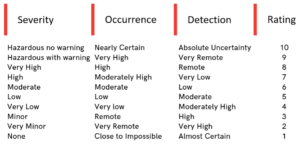How does ISO 9001:2015 integrate risk management into quality management? How can an organization navigate risk and uncertainty through risk management in ISO 9001:2015?
Risk is a topic that is currently taking the business world by storm. It is becoming more often to hear about risk management and taking smart decisions based on data that will show us the risks associated with such decisions.
Risk management is an essential aspect of quality management and a critical component of the ISO 9001:2015 standard. This standard outlines the requirements for an organization to maintain a high level of quality in its products, services, and processes. By integrating risk management into the quality management system, organizations can proactively identify and mitigate potential risks, ensuring the achievement of their quality objectives.
This blog will provide an overview of the role of risk management in ISO 9001:2015, the key elements of an effective risk management process, and practical tips for implementing risk management in your organization. Whether you’re new to ISO 9001:2015 or an experienced practitioner, this blog will help you understand how to effectively integrate risk management into your QMS and improve your overall quality management system.
If you’re more of a listener than a reader, head over to Luke Desira’s Youtube video where he talks about risk management in ISO 9001:2015. But without further ado, let us jump straight into the action and discover what risk management in ISO 9001:2015 is.
Risk Management in ISO 9001:2015 | A new addition
to the latest version of ISO 9001
The notion of risk management is a relatively new addition to the ISO 9001 standard. Although risk management has been featured in previous versions, it was more implicit and generally taken for granted. In the newer version, ISO 9001:2015, risk management is regarded as a critical topic. As a matter of fact, risk management in ISO 9001:2015 is the pinnacle of the management system that the standard provides.
In the most recent version of ISO 9001, the idea of what a business is changed slightly to accommodate the modernization of the markets. ISO 9001:2015 now looks at a business as if it were part of an ecosystem, a living organism where this organism interacts with other organisms within the ecosystem (a.k.a the market). In an ever-changing market, the company interacts with a multitude of internal or external factors. Such factors include competitors, suppliers, customers, employees, regulations and more.
Naturally, the first step to take when managing risks as an organization is to identify all the internal and external factors that are bound to have some sort of influence on the organization’s quality management system. This is generally done within Clause 4 of the ISO standard.
To get a better understanding, let us look at an example scenario. Imagine your firm offers professional services, and your IT systems and data storage systems are outsourced. That would mean that your quality management system may focus less on equipment maintenance. However, suppose your company, for example, rents automobiles and other vehicles. In that case, maintenance is a vital part of your organization since your business’s reliability depends on the reliability of the equipment you rent out to your clients.
In recent years, ISO has been working to create a standardized structure across all standards. All ISO standards share the same high-level system, comprising 10 clauses. In this case, Clause 4 revolves around the identification of factors and their respective impact that factors will have on the business organization in question.
When going over risk management for your organization, the most crucial thing to consider is prioritizing risks and potentially even opportunities.
Risk management in ISO 9001:2015 does not explicitly say that you have to consider opportunities; the actual clause is about risk management, not risk and opportunities management. However, when looking at ways to improve, it is suggested to consider opportunities the same way you would consider risks.
Opportunities are events that can have a positive effect on your organization. Our organization is constantly phased with risks and opportunities; more often than not, the exact external or internal change can positively or negatively impact our organization. Let us say that we are part of the cleaning industry, and a customer demands that your organization has ISO 9001 and ISO 14001 certifications to work with them.
This type of requirement is, in fact, cropping up in tenders more often these days. This can either be seen as a risk or as an opportunity. If you perceive this as a risk, you, as an organization, are not ready to get certified. Suppose you see this as an opportunity to get certified quickly and before your competitors. In that case, it will put the company in a position where for a few months or even years, the competition pool will significantly reduce as there will be few companies who are, in fact, certified for these ISO standards.
Always remember that the exact internal or external change can have a positive or negative impact, depending on how you perceive it.
Managing risks is more complex than some may think. How do we conclude the threat level of risk? How is the prioritization of risks going to be carried out? These are all indeed great questions that have been asked by many organizations in the past. As a result, nowadays, a tool called the FMEA is being used.









